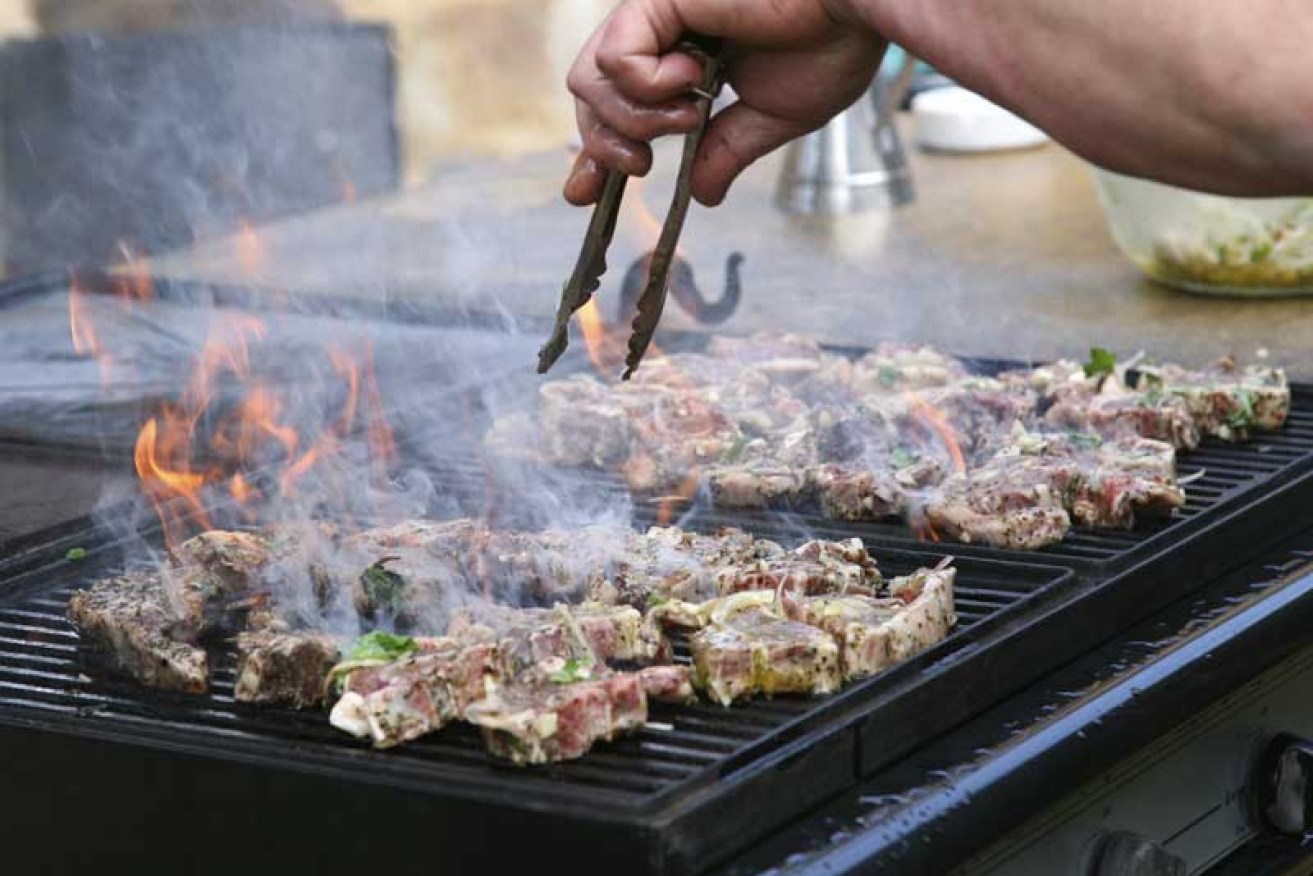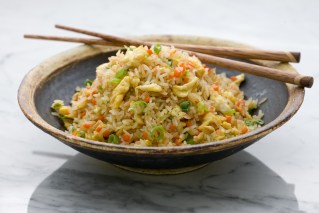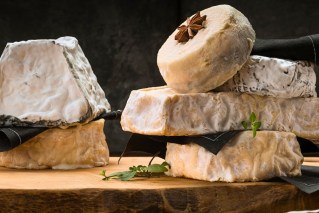Your Australia Day spread is most likely foreign

Getty
As you prepare your Australia Day spread decked out with good old Aussie favourites like pavlova, Tim Tams, prawns and meat pies, it’s likely that those products weren’t entirely grown or produced locally.
According to consumer group CHOICE, the current country of origin labelling requirements don’t allow Australians to be confident that they were supporting local growers and producers.
The group assessed 32 ‘quintessentially Aussie foods‘ from Aldi, Coles, Woolworths and other leading brands and found for many, it was impossible to tell which were truly Australian made.
• Coles, Woolies, Aldi buying seafood from ‘slavery’ company
• Popular chocolate maker in court over child slavery
• How Aldi created a crazed cult of devoted shoppers
CHOICE spokesman Tom Godfrey told The New Daily that the current labelling system was “very complicated and confusing” for consumers.

Kraft Vegemite carries the labelling ‘Made in Australia’, which indicates the product was made here and at least 50 per cent of production costs incurred here. It does not indicate the source of ingredients. Photo: Instagram @harrypatchett
Mr Godfrey said ‘Product of Australia’ was the best indicator of origin and indicated it was manufactured and grown in the country.
Labels to avoid were ‘Made in Australia from local and imported ingredients’ because that was telling you “nothing about the product”.
“It’s very complicated and confusing for shoppers,” he said.
“When you think of a product like Anzac biscuits that carry ‘Made in Australia’, as soon as you add ‘from local and imported ingredients’ that basically makes the ‘Made in Australia’ statement meaningless.”
Labelling was a complex minefield of information disclosure, with some companies choosing to reveal more than others.
Despite the difficult system, consumers were now choosing to navigate it, according to one consumer behaviour expert.
“Especially with things like food and medicine, labelling is so important you need to know exactly where the food in coming from,” Curtin University’s Dr Isaac Cheah told The New Daily.
“But I do think that with the economy being globalised and things moving forward quickly, we see that consumers are prompted not to just look at the labelling but really understand it.”
Be aware of these tricks
Twelve of the ‘Aussie’ products assessed – including Tim Tams and Vegemite – simply stated ‘Made in Australia’.

According to Arnotts, cocoa in Tim Tams is sourced from West Africa as it is not available locally in the quantity they need. Photo: Facebook
This meant that the product was made in Australia and at least 50 per cent of the cost to produce the product was incurred locally, but did not reveal where the ingredients were grown or sourced. Ultimately, none may be locally sourced, CHOICE found.
Coles’ pavlova base was labelled ‘Product of Australia’, which meant that each significant ingredient or part of the product originated in Australia and most, if not all, of the production processes occurred locally.
Mr Godfrey said the most surprising item out of those researched was Arnott’s Tim Tams – which they soon discovered was a “very global” product after finding out its contents.
“We found that the cocoa mass is from West Africa, the cocoa butter is from South East Asia, the milk solids are Australian, over half the sugar is from Queensland (the rest is from Thailand), the flour is Australian and the certified sustainable palm oil is from Malaysia,” Mr Godfrey said.
“Arnott’s told us that some ingredients, such as cocoa, aren’t available for purchase locally in the quantities it requires.”

Source: CHOICE
Better labelling going forward
The government recognised the need for better country of origin labels and released its proposed solution in December 2015. The public can provide feedback until next week.
“We think there is an opportunity to sort out this labelling system once and for all – because a statement [on a product] could have no Australian ingredients in it at all and very little to do with Australia,” Mr Godfrey said.
Although consumers were now more motivated to discover the origin of their food, Dr Cheah agreed the current system needed work.
“It is really important … to get some simple logos, maybe two or three, that allow people to identify it as an Australian product and that if I buy this product I am supporting the local economy,” he said.
“If somehow, somewhere – government, the companies, anyone really – can come up with more efficient labelling, more specific and in laymen terms, I think it would really help.”









